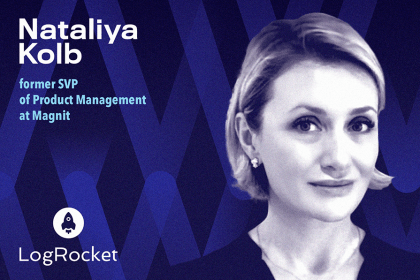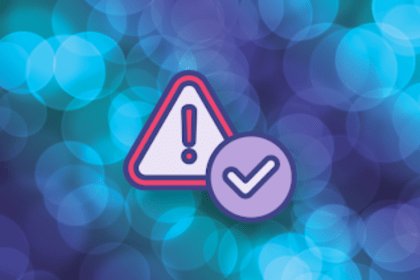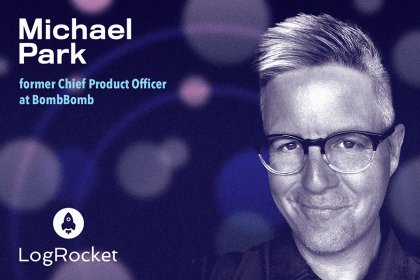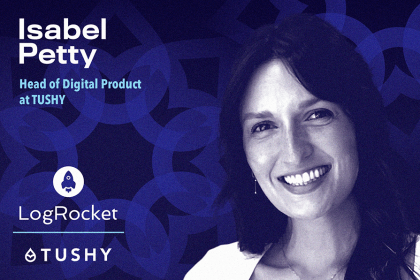
The Minto Pyramid has you start with the conclusion, before working through more detailed, supporting arguments, and further information.

Nataliya Kolb talks about the importance of taking a data-driven approach to roadmapping when defining or fine-tuning a product vision.

You can maintain productivity and meet your deadlines with careful planning, open communication, and a commitment to improvement.

Michael Park talks about how he worked to adapt BombBomb’s product strategy as the pandemic revolutionized remote work.

Product advertising involves you marketing a product or set of products instead of marketing the brand itself.

Peter talks about how he works to enable Girl Scouts to express themselves and engage their customer base at the level they desire.

“What if” analysis helps product and tech teams create a plan that accounts for various hypothetical situations.

Pratik Chawla talks about prioritization when building zero-to-one products and the responsibility of building products for millions of users.

Instead of thinking about what to build next, try taking a step back and ask yourself what to optimize next.

Isabel Petty talks about her career path and offers advice on how to evaluate if a role in product is right for you.

For aspiring start-ups and established companies alike, understanding barriers helps you develop effective marketing and sustain growth.

Kevin Nemeth talks about maintaining each brand within Authentic Restaurant Brands’ unique identity, while also sharing resources among them.